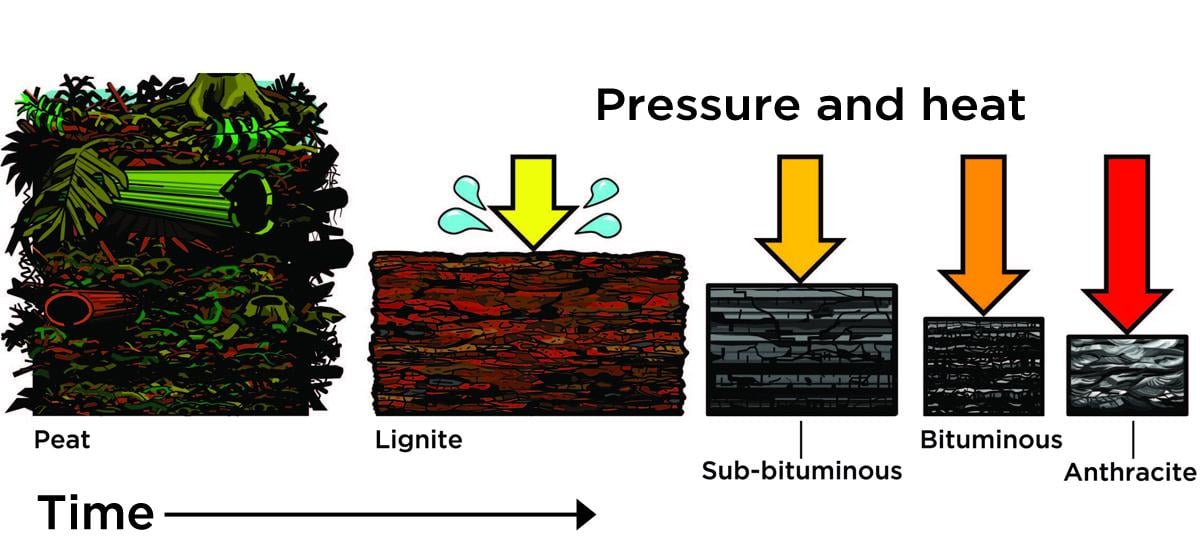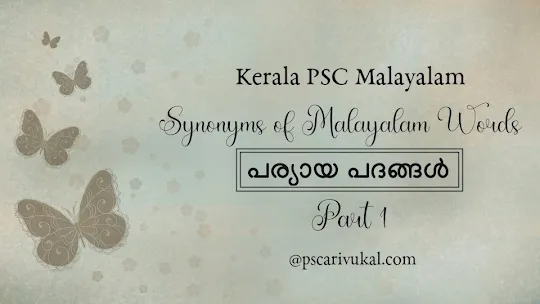Coal is the most important and abundant fossil fuel in India. It meets 65 per cent of the country's energy requirements. The indigenous coal provided the foundation for the country's industrial legacy and India aims to become a $5 trillion economy by 2025.
Coal is sometimes referred to as the ‘black gold’ and ‘black diamond.’
India's coal deposits are found in the older Gondwana formations of peninsular India and the newer tertiary formations of the northeastern area.
The Gondwanas are India's primary coal-bearing formations. Nearly 98 per cent of India's coal deposits are found in Gondwana rocks (which is in the Satpuras) and is found in Bihar, Madhya Pradesh, Orissa, West Bengal, Maharashtra and Andhra Pradesh.
Permian Gondwana coals are mostly found in India's Peninsular Gondwana basins.
Damodar Valley also known as the 'Ruhr of India', is located in the Chhota Nagpur Plateau. It contains vast tracts of coal resources stretching from Jharkhand to West Bengal in its centre basin.
Basic Facts
- India is the 3rd Largest Producer of Coal in the World.
- India is also the 2nd largest importer of coal.
- India has the 5th biggest reserve of Coal in the World.
- India allowed 100% foreign direct investment in the coal sector.
- Energy generated by coal is commercially termed as – Thermal Energy.
- First Country in the world to use coal – China.
- Largest Producer of Coal in the World – China.
- 2nd – USA.
- Largest Coal Producing State India – Jharkhand.
- Richest State in India from the point of view of minerals – Jharkhand.
- The state which is known as the Storehouse of Minerals – Jharkhand.
- Coal City of India / Coal Capital of India – Dhanbad (Jharkhand).
- Largest Coal Mine in India – Jharia Coalfield (Jharkhand).
- Second Largest Coal mine in India – Raniganj Coalfield (West Bengal; on the banks of River Damodhar).
- Oldest Coal Mine in India – Raniganj Coalfield (1774; Sumner and Heatly of East India Company).
- First Coal Mine in India – Raniganj Coalfield.
- Deepest coal mine in India – Chinakuri (West Bengal).
- Largest Coal Producing City in India – Dhanbad (Jharkhand).
- Indian Coalfield with the largest reserve – Raniganj (West Bengal).
- 2nd – Talcher (Odisha).
- National Coal Development Corporation – 1956.
- Nationalization of Coal was done by – Indira Gandhi Govt.
- Coal Mines (Nationalization) Act, 1973
- The nationalisation of the coking coal mines – 1971-1972.
- The nationalisation of the non-coking coal mines – 1973.
- Nationalization of Coal was repelled by – Narendra Modi Govt. (2015)
- by Coal Mines (Special Provisions) Act (2015).
- Allowed pvt. companies to mine coal.
Classification of Coal
- Anthracite.
- Bituminous Coal
- Lignite
- Peat
1. Anthracite :
2. Bituminous Coal:
3. Lignite:
4. Peat:
- Gondwana coal
- Tertiary coal
- Metallurgical coal – also called coking coal which is used in steel manufacturing.
- Dhanbad is the storehouse of the best metallurgical coal i.e coking coal while Giridih (Karbhari Coal Field) ) gives the finest coking coal in India.
- Steam coal – also known as thermal coal and it is used for electricity generation through steam.
Major Coal Mines in India

| Coal Mines | States |
| Jharia, Dhanbad, North & South Karanpura, Daltonganj, Ramgarh, Bokaro, Jayanti, Godda & Giridih (Karbhari Coal Field). | Jharkhand |
| Raniganj Coalfield, Dalingkot, Birbhum & Chinakuri. | West Bengal |
| Korba, Bishrampur, Sonhat, Jhilmil, Hasdo-Arand. | Chhattisgarh |
| Singrauli, Sohagpur, Johila, Umaria, Satpura coalfield | Madhya Pradesh |
| Kamptee (Nagpur), Wardha, Walarpur, Wun field, Ghughus & Warora | Maharashtra |
| Talcher, Jharsuguda, Himgiri, Rampur | Odisha |
| Singareni, Kothagudem, Kantapalli | Telangana/ Andhra Pradesh |
| Neyveli | Tamil Nadu |
| Ledo, Makum, Najira, Janji, Jaipur | Assam |
| Darrangiri (Garo hills), Cherrapunji, Liotryngew, Maolong & Langrin coalfields (Khasi & Jaintia Hills) | Meghalaya |
Govt. Schemes & Initiatives
Mineral Laws (Amendment) Bill 2020
- Introduced in Lok Sabha – March 2, 2020.
- Passed in Lok Sabha – March 6, 2020.
- Passed in Rajya Sabha – March 14, 2020.
- Amends Mines and Mineral (Development and Regulation) Act 1957 & The Coal Mines (Special Provisions) Act, 2015.
- It aims to enable firms with no prior coal mining expertise in India to participate in coal auctions. It also wants to eliminate the companies"specified end-use criteria.'
Coal Mitra Portal:
- Launched in – 2016.
- Aim – To improve flexibility in domestic coal utilisation and transparency in coal swapping between PSUs and the private sector.
SHAKTI scheme ( Scheme for Harnessing and Allocating Koyala (Coal) Transparently in India):
- Approved in – May 2017.
- Aim – To make coal available to all of the Thermal Power Plants in a transparent and objective way, while also ensuring that the advantages of linkage coal are transmitted to end-users and power companies.
UTTAM App (Unlocking Transparency by Third Party Assessment of Mined Coal):
- Launched in – April 2018,
- Aim – Coal Quality Monitoring.
CAMS (Coal Allocation Monitoring System)
- Launched in – 2016.
- Aim – to monitor the allocation of coal by Coal India Limited (CIL) to States, States to State Nominated Agencies (SNA) and SNA to such consumers in a transparent manner.
- Largest Coal Mine in the World – North Antelope Rochelle Mine (USA).
- Central Institute of Mining and Fuel Research – Dhanbad (Jharkhand).
- The river in Europe which is known as the 'Coal River' – Rhine (Germany).
- Coal River in India – Damodhar.
- Largest industry thriving on the banks of River Damodhar – Coalfields.
- The place which is known as the Storehouse of Minerals – Chota Nagpur Plateau.
- The plateau which is known as the Storehouse of Minerals – Peninsular Plateau.
- The rock system in India is also known as the Storehouse of Minerals – Dharwar System.
- Indian State which has the most natural resources – Tamil Nadu. (81% lignite, 75% vermiculite, 69% dunite, 59% garnet, 52% molybdenum, 30% titanium, etc.)
- The deepest mine in Asia – Kolar Gold mine (Karnataka).
- First Woman Functional Director & the First Woman Chairperson of SAIL – Soma Mondal.










1 Comments
Please dont stop this initiative.. I am finding it very useful and relevant! Thankyou
ReplyDeletePost a Comment